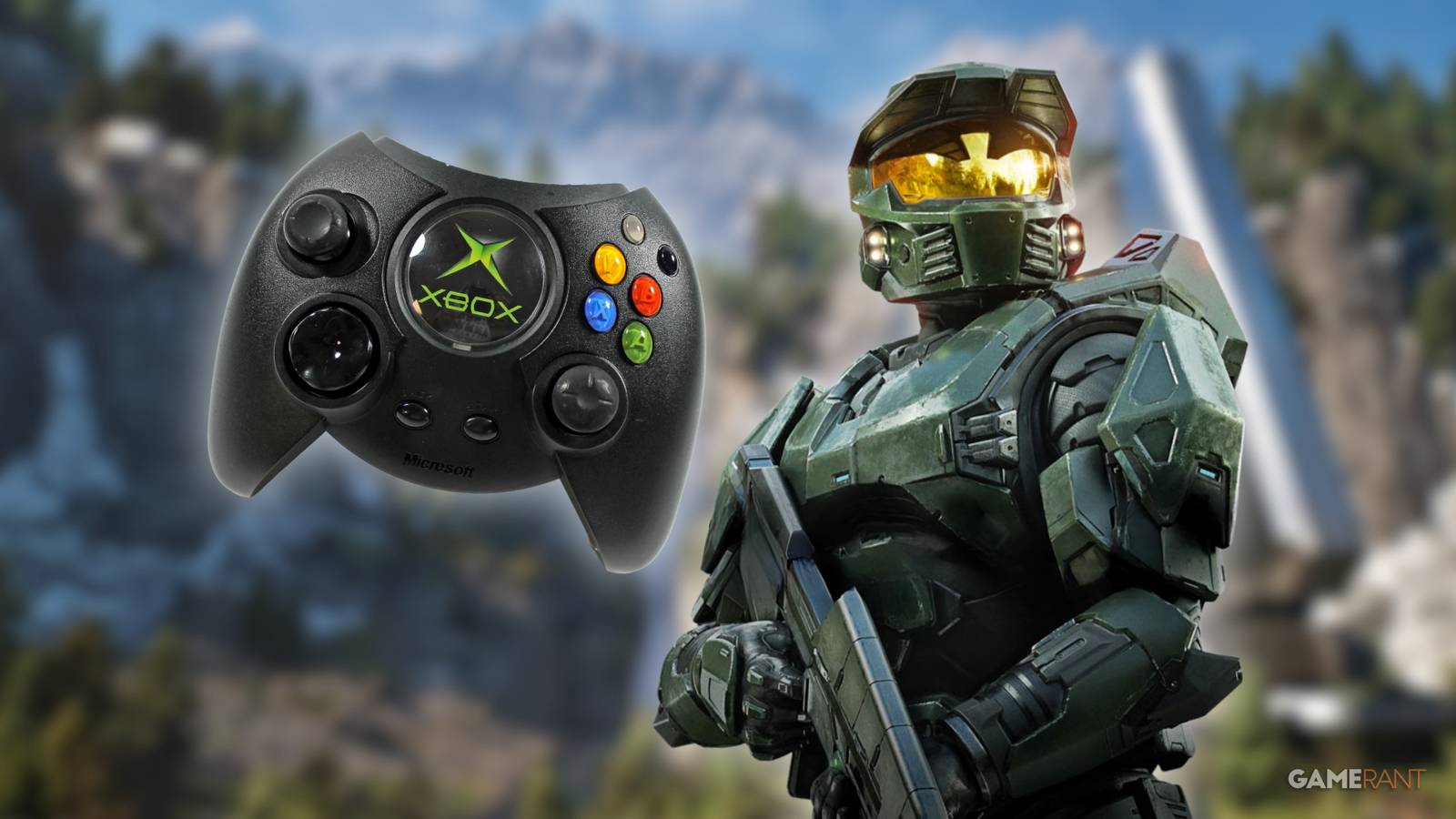Controversy around Halo: Campaign Evolved and its switchable sprint carries a peculiar irony, as no console FPS reshaped the genre more dramatically than Halo: Combat Evolved in 2001. A for jump and B for melee, left stick to move, right stick to look, RT to fire, LT for instant grenades. All of these things seem obvious (perhaps even outdated) now, but it's hard to overstate how revolutionary the original game's controls really were. So much for today's shooting, not only Halo: Campaign Evolvedstill rests on this foundation.
Back in 2001, console shooters were defined by technical compromise and awkward controls. PlayStation titles like Tunnel B1 and Crazy Ivan experimented with a dual analog layout, but players still relied on the shoulder buttons for vertical aiming. Golden eye 007 proved that the FPS genre worked on consoles, but the N64's single stick pretty much required several inconsistent control schemes. Even An incredible tournament on the PS2, it lacked the intuitive focus input that would have been Halo feel instantly playable. Then Bungie changed everything.
How Halo Redefined Console FPS Controls
Well, technically, Argonaut Games' Alien Resurrection beat Bungie to mapping movement and aiming to two analog sticks, but Halo popularized the dual-stick idea. The key difference (beyond unit sales) was an invisible input interpretation layer, or “sticky target,” that Bungie designer Jaime Griesemer created behind the scenes. Instead of directly mapping thumb movement to on-screen movement, Halo analyzed subtle player inputs and dynamically adjusted them.
If the player was focused on an enemy, the game gave them a gentle magnetic assist to help them land on the target. This system is why Halo It felt so intuitive, even for players who have already experienced a PC shooter with the already standard mouse and keyboard layout.
When Halo Famous for going from 3rd person to 1st person mid-production, Griesemer obsessively dissected what was achievable with a mouse and keyboard, trying to make sure the Xbox gamepad could emulate it. As Microsoft's Stuart Moulder later explained, Halo it “stored” the input and delivered the exact movement the players intended, not necessarily what they were physically performing. Modern console shooters still follow this philosophy, although it is now more commonly known as aim assist.
Halo's Aim Assist has become the industry standard
While aim assist existed before Halomainly in lock-on and bullet snap form, it's never been implemented on a twin-stick setup with such sophistication. The combination of target friction and magnetism was subtle enough to remain invisible, yet powerful enough to recreate the precision of PC gamers. This system almost immediately became the gold standard; TimeSplitters, Medal of Honor, Call of Dutyand countless others would adopt comparable methods of targeting assistance over the next two decades.
Contemporary shooters have dramatically evolved these systems, adding spin assist, cone magnetism nuances, initial ADS snap, and gun-specific friction. Yet almost everything descends from Haloearly logic.
Other Halo design principles continue to shape shooters today
Halo also redesigned how players interact with weapons and gear. Born out of the Xbox's original hardware limitations, its dual-wielding gear simplified input complexity while encouraging frantic on-the-fly decision-making. PC shooters of the era stored their entire arsenal on number keys or in time-stopping weapon rounds, but Halo he reduced everything and achieved remarkable success in doing so.
More importantly, Bungie has merged the combat actions into a unified, fluid moveset. In 2001, it was a radical design choice to throw a grenade while still having a weapon in hand. Players didn't need to holster their weapons to hit an enemy or throw explosives; these tools were seamlessly woven into instant combat, and now almost every main shooter considers grenades and melee as integrated tools, as well as Halo he did
Halo's Legacy and its latest sprint controversy
Two decades on, modern shooters have added layers upon layers of complexity to console controls: haptic feedback, adaptive triggers, and ever-more detailed aim tuning. Still, Bungie laid the groundwork Halo: Combat Evolved they will remain the default language of the genre. In this light, the conversation around switchable sprint is developing Halo: Campaign Evolved it feels less like a real controversy and more like a symptom of some larger industry malaise.
It is comfortable and especially suitable for new ones Halo to start a conversation about the fundamentals of modern shooter design – it's almost right on the mark. That said, the Sprint debate is only important because it reveals how firmly the FPS genre remains anchored to design principles from 2001. When a remaster of a 24-year-old game stirs up so much discussion about “correct” mechanics and “authentic” feel, it's very hard to ignore how much creative territory the industry has ceded to gamers' nostalgic senses.
Halo's Return as a mirror of the industry
Halo: Combat Evolved not uniquely worthy of revival. It's already been remastered, making its latest return little more than a look at how limited the FPS genre has become despite serious technical development. Halo: Campaign Evolved comes to market saturated with remakes, remasters, gold editions, definitive editions and anniversary editions. So gamers are re-presenting design arguments from titles relevant two decades ago.
The sprint switch is a smoke screen. The real problem is that the medium is still orbiting the same design gravity wells and is afraid to stray too far from the orbit of what worked before. HaloThe controls were revolutionary because Bungie took risks and solved problems that no one else had cracked. The series and the genre in general desperately need that energy again.
Halo: Campaign Evolved likely to deliver exactly what fans expect HaloThe fundamentals are too strong for that not to be the case. But the discourse surrounding it is just further evidence that the FPS genre is trapped by its past. If this remaster sparks anything other than sprint speed arguments, it should be a conversation about why the industry's most beloved genre stopped taking such chances, Halo: Combat Evolved so strange in the first place.

- Released
-
2026
- Developers
-
Halo Studios
- Publishers
-
Microsoft Studios
- Multiplayer
-
Online Co-Op, Local Co-Op
- Cross-platform play
-
Yes – all platforms



